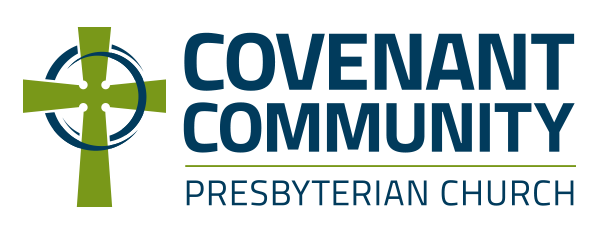The Passover Preparation
Next time you feel stressed or overwhelmed with the tasks in your life, consider this; Jesus had only three years for his earthly ministry. Three years in which he called the disciples, taught them the gospel, revealed to the kingdom of heaven, and equipped them to build the church and change the world. That's some extraordinary productivity!
We estimate that Jesus' earthly ministry was approximately three years long BECAUSE of Passover. There are three Passover celebrations recorded in the Gospel of John - 2:13, 6:4, and 13:1. The record of these annual holidays is the only means we have of measuring the length of Jesus' active season of teaching and preaching.
The First Passover of Jesus' Ministry
In this first Passover Celebration, Jesus travels to Jerusalem, as he likely did every year of his life; Passover was a pilgrimage holiday. We are told that he entered the Temple and found people selling cattle, sheep, and doves, along with money changers at their tables. He makes a whip of cords and drives them all from the Temple grounds, and says "Take these things out of here! Stop making my Father's house a marketplace!" (For the full account, see John 2:13-25).
Jesus has likely seen these money changes and sacrificial salesmen in the Temple literally hundreds of times throughout his life; but now that he has officially begun his ministry, he asserts his authority and seizes this opportunity for teaching and instructing the people.
Why is Jesus so offended and angered by this "marketplace" atmosphere? We are not given great clarity on this question. The salesmen and money changers are serving an important, functional purpose; they enable those who travel a great distance to purchase animals for sacrifice. Perhaps it is the commercialization of what was once a sacred act that strikes him as so abhorrent.
In the book of Exodus, we are instructed to cleanse our homes before the Passover, not unlike Jesus cleanses the Temple. In Exodus, however, it is leaven that must be purged. Passover is immediately followed by the "Festival of Unleavened Bread," during which no leaven can be found in the home of any Israelite, upon thread of exile from the community. The first instructions for this purging come from Exodus 13:1-10. The roots of this practice stem from the first Passover, when the Israelites left Egypt in such haste, "the people took their dough before it was leavened, with their kneading bowls wrapped up in their cloaks on their shoulders" (Exodus 12:34). But by Jesus' time, the purging of leaven had become a spiritual exercise as well as a physical one; "leaven" came to refer to any sin or uncleanliness that needed to be removed from our homes or lives. Thus, in "purging" the Temple, Jesus is also claiming it as his home - "my Father's house."
Extras:
Scripture speaks of both the Passover and of the Festival of Unleavened Bread. Technically, the Passover is a one day event on the 15th of Nisan (the first month of the Hebrew calendar). However, the Passover is followed immediately by a 7 day celebration called Hag haMatza, or the "Festival of Unleavened Bread." So the entire holiday season spans 8 days.
There is one unnamed festival in the Gospel of John, found in John 5:1. It is possible that this is a Passover celebration, which would mean that Jesus' ministry was four years rather than three. However, most scholars assume this was a different pilgrimage holiday, either Weeks (Pentecost) or Booths.
The cleansing of the Temple occurs in all four Gospels. However, in Matthew, Mark, and Luke, the cleansing happens in the last week of Jesus' pre-resurrection life. In John, the cleansing happens at the beginning of his ministry, rather than at the end. Several possible explanations exist for this. One is that John the Evangelist places the story here to teach us something unique about the significance of Jesus' work in the Temple. Another is that Jesus simply purged the Temple twice, years apart. This might further explain the dire consequences that befall Jesus after the second cleansing.




